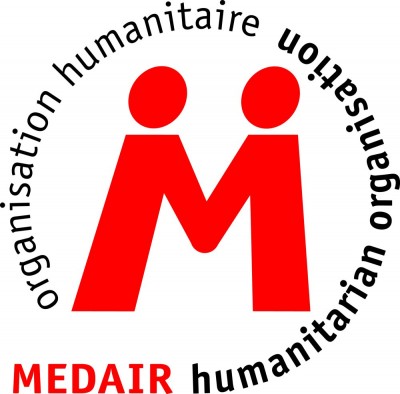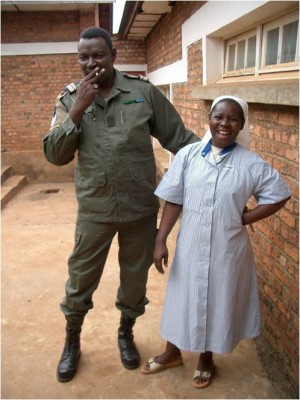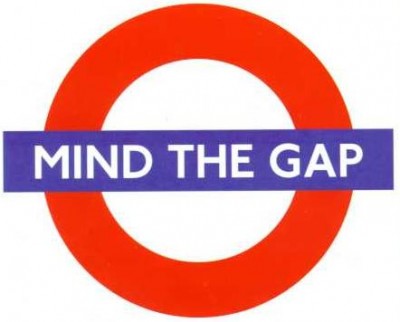Arriving at the beautiful Oak Hill College for the first day of this course, I was taken aback by the peaceful grounds. 5 miles inside the M25, it was a rather a surprise to drive into a green, leafy park, with a large period building with a refreshingly cool, modern interior. Seriously, I think I want to live here.
Global Overview
 After a vital cup of tea, we kicked off with the first talk, from Ted Lankester. He is an engaging, amusing speaker, with an obvious passion for helping those in the world who don’t have access to adequate healthcare. He runs InterHealth, which heads up the Community Health Global Networks.
After a vital cup of tea, we kicked off with the first talk, from Ted Lankester. He is an engaging, amusing speaker, with an obvious passion for helping those in the world who don’t have access to adequate healthcare. He runs InterHealth, which heads up the Community Health Global Networks.
There were lots of shocking statistics, talking of a billion people in extreme poverty and extremes in inequality – in Nairobi some areas have an under 5 mortality rate of 15 per 1000, others have a rate of 254 per 1000. 29,000 children dying each day, mostly from diarrhoea, malaria, neonatal infection, pneumonia, preterm delivery: preventable disease. A general picture of a world that not improving, probably getting a little worse.
He pointed out that in the last 30 years, there’s been a realisation that the hub of the health system is families and communities, not doctors and hospitals. The future is primary care, recognizing common problems and working upstream to prevent them.
If people keep falling down a hill, its important to have an ambulance at the bottom. But its far more important to go to the top and put up a fence…
Filled with anecdotes and humour, I ended this talk wishing I could leave right now, get on a plane and go somewhere, anywhere to help…
Establishing an effective primary healthcare service
 Helen Shawyer came next, doing rather well at giving me a destination for that dream, with a discussion about her 18 months helping establish a local health setup in South Sudan: the world’s newest country.
Helen Shawyer came next, doing rather well at giving me a destination for that dream, with a discussion about her 18 months helping establish a local health setup in South Sudan: the world’s newest country.
An inspiring story of her experiences working with an influx of refugees, government turmoil and life saving individuals rising up from the community.
There was a lot of information, but I’ll leave you with her lessons learnt:
- Community Involvement and ownership is vital. Weekly meetings with community commitees enabling you to…
- Have a shared vision. Get local stakeholders involved, make sure the team is on board, that everyone feels welcome.
- Prioritise. You can’t do everything well.
- The value of monitoring. Signs of improvements, guidance for change and demonstrates accountability.
- Partnerships can be a great encouragement. Google groups, charities, NGOs, nearby.
- Our God is faithful. Without resources, wisdom and energy, God is your fortress. Met as a team to devote each morning.
ABC of Community Health.
 Ted came back, to talk in more details about the advantages, challenges and downfalls of building community health teams. He split his talk into 6 points, meaning his talk should have been called Six Steps to Community Health. Oh well…
Ted came back, to talk in more details about the advantages, challenges and downfalls of building community health teams. He split his talk into 6 points, meaning his talk should have been called Six Steps to Community Health. Oh well…
Step 1: Consider community assets and needs – There’s been a big change of emphasis over the last decade: assessing assets – needs are important, but find the strengths also. Has the community requested a programme? Does the community have major health needs? Are there any other programmes working in the area? Is the community ready to work with you? If there is no community: eg refugee camps, you need to work slowly, and wait for relationships and leaders to emerge.
Step 2: Gather your team – Its vital you encourage an affirming, motivated and unified team. Lead by personal example and accessible leadership. Ensure excellent management, treat your team as your most precious resource – remember their birthdays!
Step 3: Know your community – Build friendship with community leaders, live with them: “drink tea and play football” with them. Listen to their fears, their needs and their hopes. Recognize their gifts and their abilities. Do not inappropriately raise expectations.
Step 4: Work with the community – Engage with the community to grasp their needs. Use focus groups, participatory appraisal, community mapping and surveys. Listen to the community’s ideas on how they can meet their own needs and use their own assets. Work together on agreed tasks and projects. Go for one or two quick wins, and something long term and sustainable.
Step 5: Set up a CHW programme – Community health workers. Generally selected community members trained in primary care functions. Currently 325,000 health guides in India currently, aiming to have more. Ethiopia training 30,000 female community based extension workers. If done right, can be very effective. They should be paid/shoudn’t be paid… an ongoing argument best dealt with a balanced approach.
Step 6: Set up community groups – Use existing groups or consider setting up women’s groups, adolescent groups of community action groups. Working in schools and setting up a child-to-child programme (teach the children, and they will teach one another and adults). Use local congregations and faith groups – but they must serve on the basis of “need not creed” or it can be divisive (as well as blatantly un-Christian).
Disaster Relief
 After a welcome lunch break, Emma Roberts welcomed us back with a very informative talk about the practicalities of disaster and conflict relief.
After a welcome lunch break, Emma Roberts welcomed us back with a very informative talk about the practicalities of disaster and conflict relief.
The nuts and bolts of getting on the ground after a crisis are apparently festooned with acronyms. It was an insightful explanation of standard charity procedure on a grand scale as the NGO and WHO machine roars into action. Accompanied with plenty of practical advise about how to act if you find yourself first on the ground, and details of how charities co-ordinate a response.
Not my specific area of interest, but enlightening none the less, and if nothing else it taught me about Sphere. If I’m ever stuck in a crisis, and need to know such key details as minimum food & water needs per person? Sphere’s my (other) Bible.
Mental Health for Refugees
 Dropping us in straight at the deep end, Maureen Wilkinson began to build a picture: “You are living in a village with your friends and family, and you hear that the rebels are coming. You hear bullets whistling through the undergrowth, and now you have to think… What next?”
Dropping us in straight at the deep end, Maureen Wilkinson began to build a picture: “You are living in a village with your friends and family, and you hear that the rebels are coming. You hear bullets whistling through the undergrowth, and now you have to think… What next?”
She worked us through emotions, beliefs and actions that refugees experience: “Will my family be killed?”, “If we have to run away, which child do I leave behind?”. Children will have been raped, seen murders, been separated from their families.
We need to be aware of the tremendous impact on mental health that such widescale loss, fear, trauma and bereavement can cause. Every time a refugee has to have another hostile interview, these emotions can come straight back. Our lack of awareness of cultural behaviours can cause problems too – if a woman considers it to be totally inappropriate to be in a room with a man on her own, how distressed will she be if a young male doctor tries to start a consultation?
Post Traumatic Stress Disorder, crippling Anxiety, severe Depression, all are common. Evidence shows that there is no proven benefit to universal debriefing after events, but we need to provide a space for those that need to talk, working through those emotions, beliefs and actions. Appropriate approaches are vital: for example, allowing children to draw, dance, sing and talk will allow healing.
What does it mean to be Faith-Based?
 The final talk of the day, from Nick Henwood, was a very interactive session, looking at some of the conflicts that medical professionals have between their training and faith. He put us in small groups, and tried to make us fight each other.
The final talk of the day, from Nick Henwood, was a very interactive session, looking at some of the conflicts that medical professionals have between their training and faith. He put us in small groups, and tried to make us fight each other.
There are many different world views, and ours will define how we practice. We will have differing values as we look at God, Self, Others and Creation, and this also changes our behaviour.
Nick drew simplified versions of a secular “Me” model, an animalist “We” model and the Christian model of “Interdependence”. The point being that a Western self centred ideology can be unhealthy, whilst an Eastern model of laid back acceptance of life can be unproductive. Ideally, Christianity gives us that valuing of self through valuing others.
The way that we understand health involves “Minding the Gap” – ensuring we do not allow a chasm to form between our strict biomedical view of health and a more holistic understanding of spiritual health. We looked ways of integrating our faith and mission into medical practice with a couple of case studies: Umoja & Micah (can’t find links, will email Nick for them).
His final points:
- Ensure your helping does not hurt.
- You don’t change on the plane – put integrated approaches into practice now.
- Explore some community development plans and try them out.
And with that, the day was over, and I escaped. More tomorrow!


Check out @bigonroad’s first day review of this years #cmfdevhealth – http://t.co/LGNqEuXs @UK_CMF